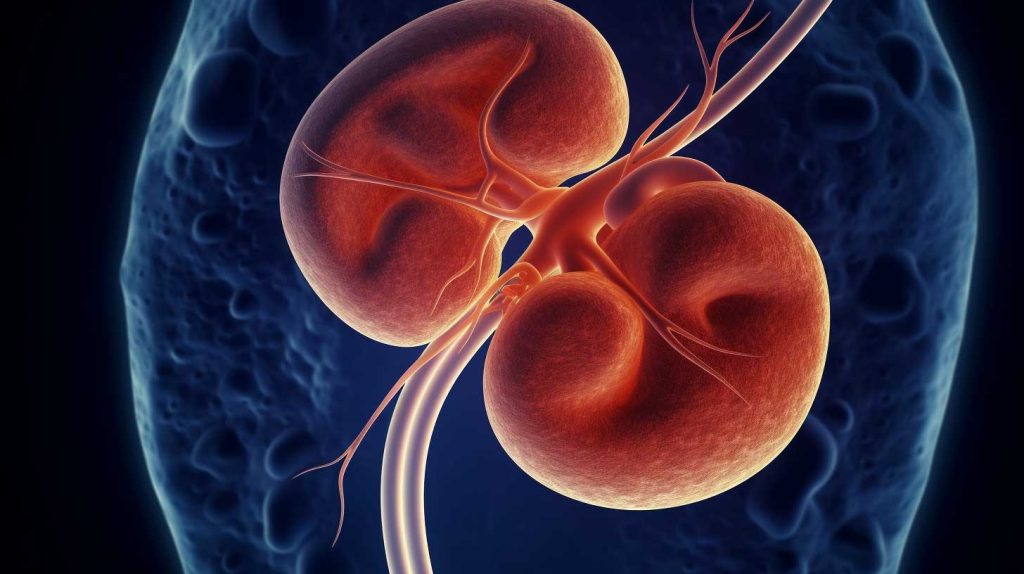Introduction: High blood pressure, or hypertension, is a common issue in people with kidney disease. Researchers have been investigating how stem cells can be used to treat hypertension in these patients. In a recent study, scientists examined the effects of renal artery clamping on kidney function and discovered that mesenchymal stem cell (MSC) treatment can help reduce high blood pressure without negatively affecting kidney function.
Kidney Function in Hypertensive Animals: The study found that in hypertensive animals, there was a reduction in the ability to concentrate urine and an inability to handle sodium properly, both of which contribute to high blood pressure. However, the contralateral kidney (the non-clamped kidney) seemed to have preserved tubular function, responsible for excreting water in hypertensive animals. The researchers also discovered that water excretion increased in the contralateral kidney, which may be partly due to the suppression of a water channel called AQP1.
Stem Cell Treatment’s Effects on Blood Pressure and Kidney Function: The study showed that mesenchymal stem cell treatment prevented the progressive increase in blood pressure after the first administration in the 3rd week post-clamping. The stem cells did not change the hypertensive kidney’s ability to excrete sodium and water, preventing the expansion of extracellular volume that contributes to worsening hypertension.
Conclusion: The research highlights the potential of mesenchymal stem cell treatment in reducing high blood pressure in kidney disease patients without negatively affecting kidney function. While the exact mechanism of action is not yet fully understood, the study suggests that stem cell treatment could be a promising option for managing hypertension in patients with kidney disease. Further studies are needed to confirm these findings and explore other potential benefits of stem cell therapy in kidney disease patients.
This is a summary of article: Treatment with Mesenchymal Stem Cells Improves Renovascular Hypertension and Preserves the Ability of the Contralateral Kidney to Excrete Sodium
